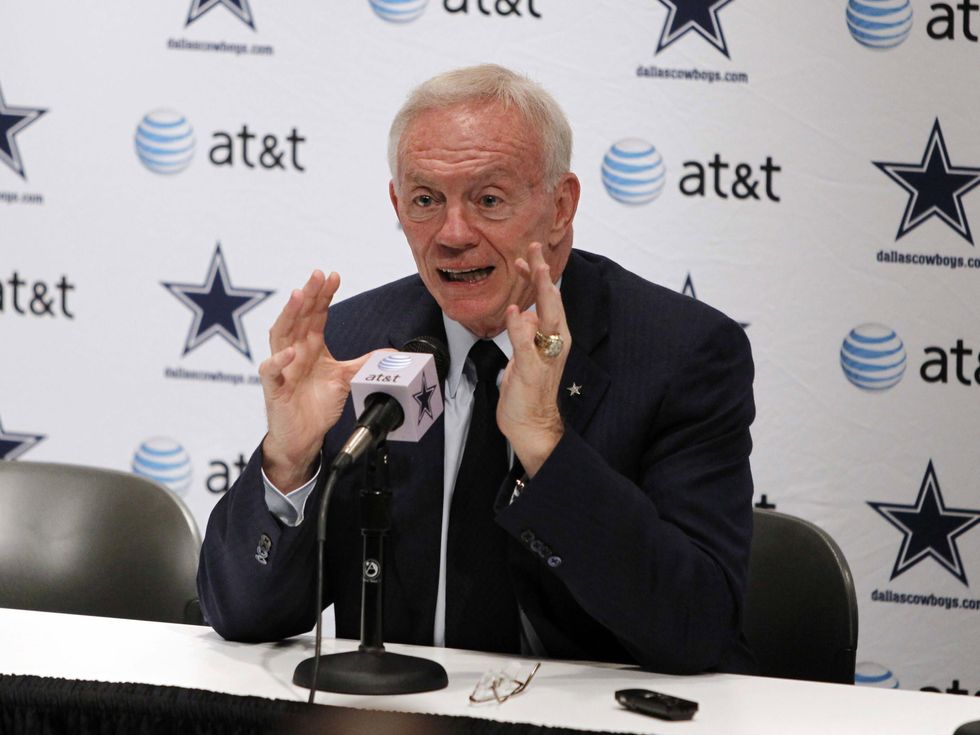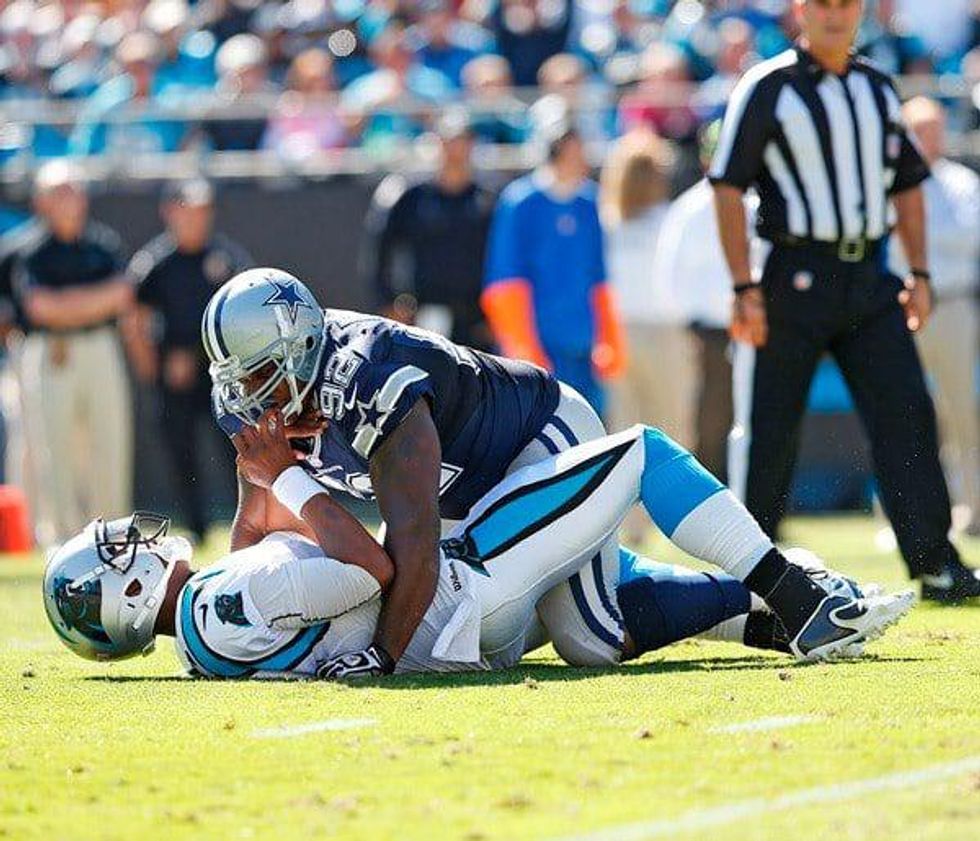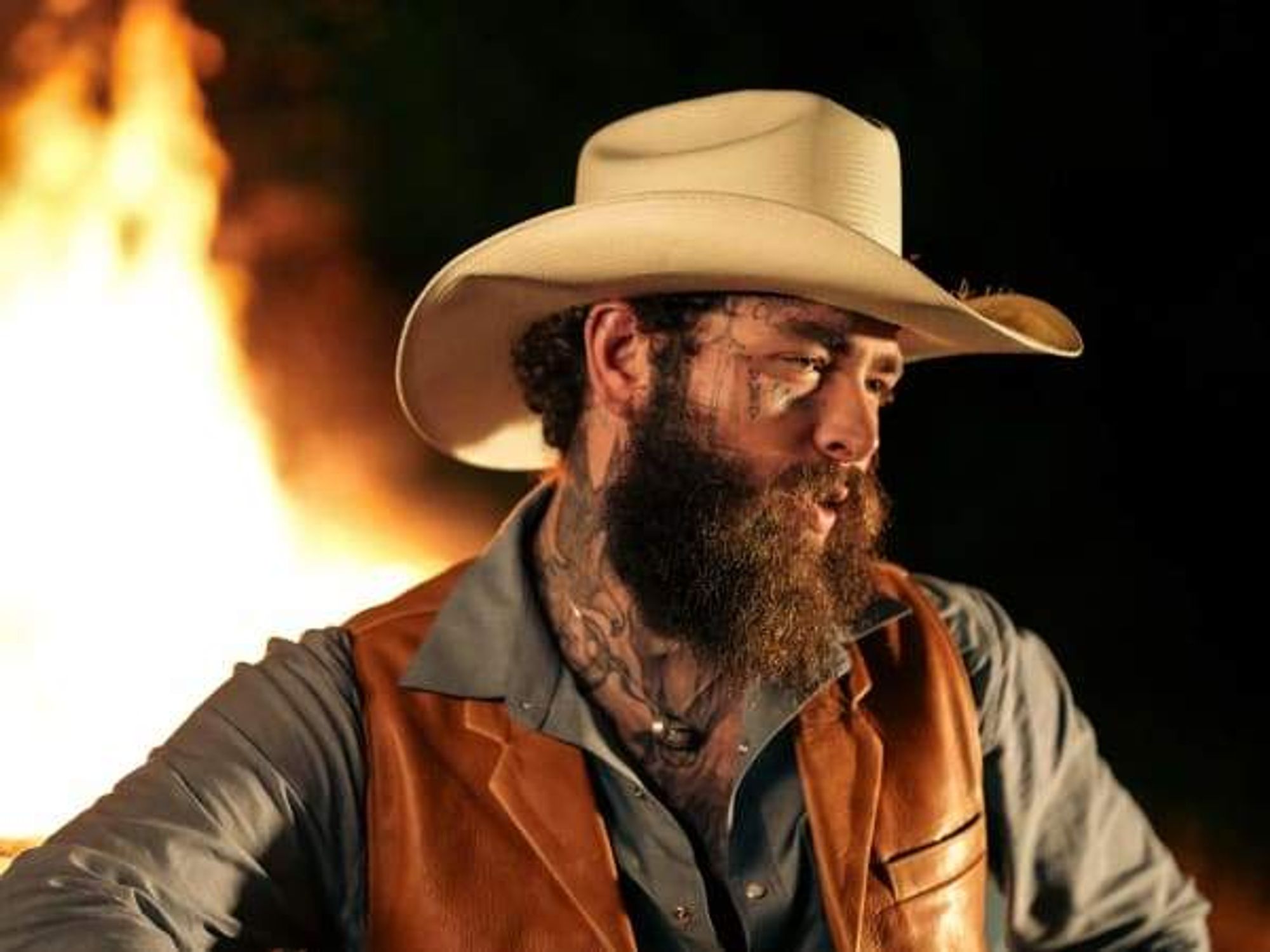Follow the Money
Dallas Cowboys held hostage by Jay Ratliff's huge contract
You could cultivate an argument that it makes sense for the Dallas Cowboys to release Jay Ratliff now rather than wait for him to return from the physically unable to perform list later this season.
Ratliff just turned 32 years old. His numbers have declined each of the past four seasons. Last year Ratliff battled injury after injury and played only six games before his season ended with sports hernia surgery. Early in the offseason Ratliff was arrested for DWI, just a couple of months after Josh Brent was charged with intoxication manslaughter in the death of teammate Jerry Brown.
Ratliff has barely participated in offseason workouts, battling what the team says are hernia and hamstring injuries. Now on the Physically Unable to Perform list, the earliest Ratliff could return to the lineup is week seven, and that’s if he’s healthy and in football condition. The Cowboys don’t have to activate him until week nine, which is the deadline for PUP activation.
Ratliff has barely participated in offseason workouts, battling what the team says are hernia and hamstring injuries.
Plus, Ratliff hinted last week that there’s tension between him and the Cowboys over his offseason rehab. Ratliff told reporters that there was nothing wrong with his hamstring now, but there were still issues with his hernia. It’s been widely reported that Ratliff didn’t attend all of his offseason rehab sessions.
Another Cowboy, Alex Albright, had a similar sports hernia surgery around the same time Ratliff did, reportedly attended all of his rehab sessions and was available for training camp.
Ratliff told reporters last week that he wanted to "stay professional about the whole situation, but everyone involved knows what’s going on." Cowboys owner and general manager Jerry Jones said Ratliff was in charge of his own rehab when he wasn’t in Valley Ranch, perhaps subtly putting the onus on Ratliff.
Any way you look at it, the situation isn’t ideal. You have an aging player who appears less productive and unhappy with not only his situation but also the way his team appears to be handling him. It’s exactly the kind of tempest that has a tendency to overheat the teapot in the world of professional sports.
So the Cowboys should just cut their losses and let Ratliff go, right? Well, no they shouldn’t. In fact, they can’t. Not without causing additional pain.
In 2011, Ratliff signed a massive deal: a seven-year, $48.6 million contract. At the time Ratliff was 30, and his numbers were already starting to decline.
But Jones has a tendency to reward aging veterans with big money, and Ratliff’s deal is great for the player but bad for the Cowboys. Ratliff’s deal came with a $10 million signing bonus and large base salaries starting in 2014, when Ratliff is due $5.5 million.
Let’s say the Cowboys released Ratliff today. It would cost the Cowboys $10.268 million in cap space in 2013. That’s because the “dead” money — the remaining guaranteed money Ratliff is owed per the contract — would accelerate into this year’s cap space.
The Cowboys are a little more than $11 million under the salary cap. The reason? Because Ratliff is on PUP and not on the active roster, his cap hit doesn’t count right now. If the Cowboys activate or cut Ratliff, then that cap space goes away.
So the Cowboys are in an uncomfortable position, whether Ratliff plays or not. The cap space evaporates once Ratliff is activated, put on injured reserve or cut. Ratliff is, in effect, holding the Cowboys hostage by contract.
Making the best out of a bad situation won’t mean much to the Cowboys on or off the field when it comes to Ratliff. The money tells us so.



